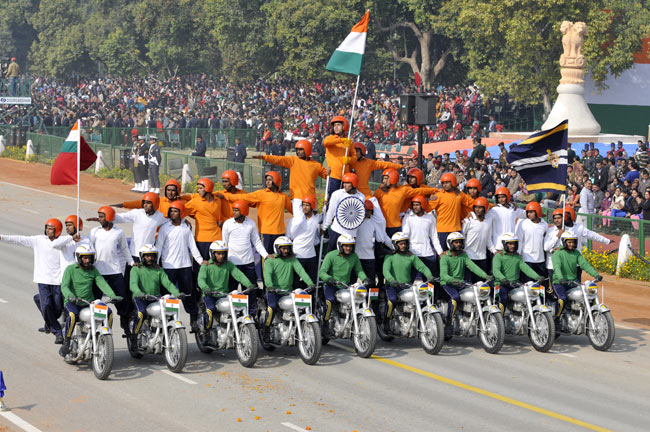
Opinion: Obama’s Trip to India in Context
When President Obama next week attends India’s Republic Day festivities, celebrating the 65th anniversary of the country’s constitution, he’ll be…
Copyright 2024 U.S. Naval Institute. All Rights Reserved.